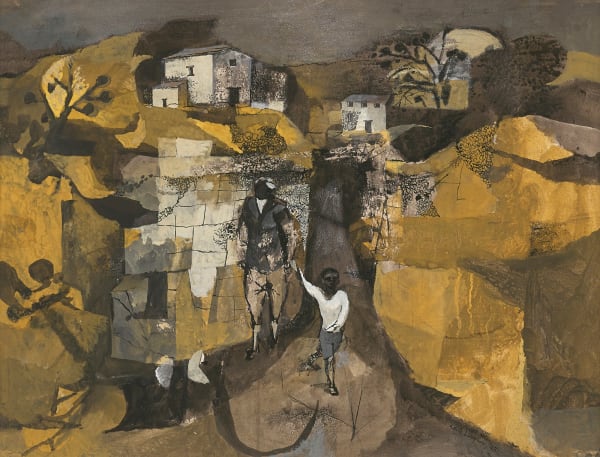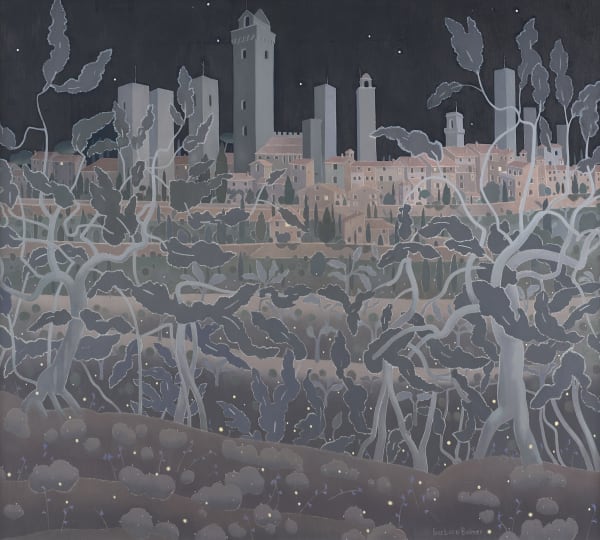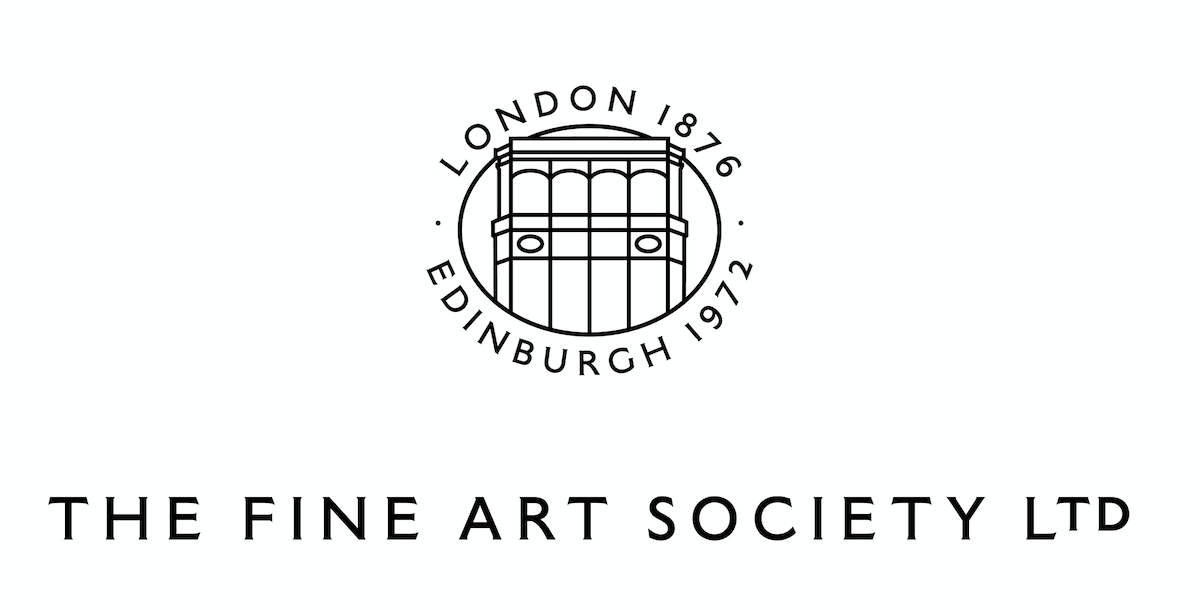Keith Vaughan 1912-1977
Vaughan was a British painter best known for his muted abstracts of male nudes, landscapes, and architecture. He worked in advertising until the war, when he was forced to serve despite being a conscientious objector. During his service, he befriended Graham Sutherland and John Minton and went onto live with them after the war came to an end. Together, they represented part of the Neo-Romantic circle of the immediate postwar period but, thereafter, Vaughan began to gravitate towards abstraction.
During the Second World War, Keith Vaughan was billeted first to Ashton Gifford in Wiltshire and then to Malton in Yorkshire. Working as a clerk and a German interpreter, army duties precluded studio work and large-scale painting in oil, but he worked on a series of gouaches and ink drawings, depicting landscape and army life. Wartime rationing meant there were limited art supplies available so the artist had to be particularly inventive with the little that he could find. His diary at the time (now in Tate Britain) was preoccupied by subjects such as loneliness, the horrors of war and the arrival of VE Day.
He went on to teach in London at the Camberwell College of Arts, the Central School of Art, and the Slade School. Vaughan’s troubled, personal journals extensively recorded his life and internal struggles and were published in part in 1966. In 1975, he was diagnosed with cancer and died by suicide in 1977, recording his last moments in his diary as the drugs overdose took effect. The complete diaries were published in 1989.
We are actively seeking consignments of work by Keith Vaughan. Please contact us with details or to enquire after available works by this artist.
-

Modern
20th Century Art & Design 8 Nov - 23 Dec 2025Read more -

Timorous Beasties x The Fine Art Society
14 - 22 Mar 2025Join us for a week of art and design in collaboration with designers Timorous Beasties . This week-long event brings together wallpaper and art, featuring a curated selection of pictures...Read more -

Works on Paper
1795 to the Present 21 Feb - 5 Apr 2025Read more -

Twentieth Century
16 Nov - 23 Dec 2024Modern paintings, drawings, ceramics and textiles from the 20th century: Maxwell Armfield Robert Henderson Blyth RSA RSW William Crosbie RSA Pat Douthwaite Ian Fleming RSA RSW William Gillies RA RSA...Read more







